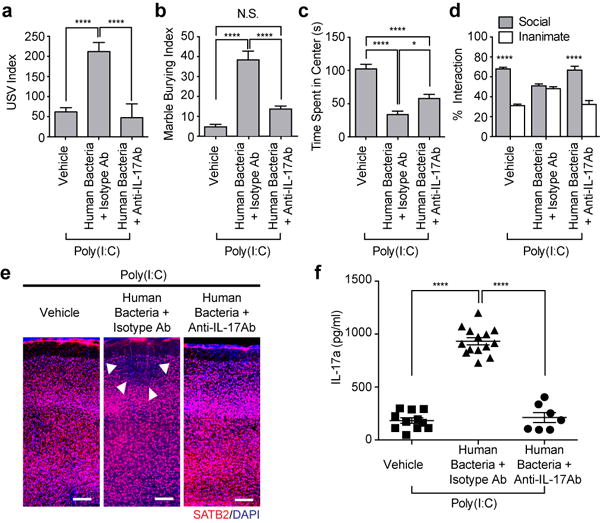Figure 4. Human commensal bacteria inducing gut Th17 cells promote abnormal behavioral phenotypes in MIA offspring.

a, USV index (n=38/32/27 for vehicle-gavaged only/human bacteria-gavaged+isotype control antibody/human bacteria-gavaged+anti-IL-17a antibody; 6 independent experiments). b-d, Marble burying index (b), time spent in the center of an open-field (c), and % interaction (d) (n=23/22/13 for vehicle-gavaged only/human bacteria-gavaged+isotype control antibody/human bacteria-gavaged+anti-IL-17a antibody; 4 independent experiments). e, Representative SATB2 staining in the cortex of the offspring derived from vehicle/human bacteria-gavaged Jax dams. Arrows indicate cortical patches. Scale bar, 100μm, f. Maternal plasma concentrations of IL-17a at E14.5 (n=7-14/group; 2 independent experiments). *p<0.05, ****p<0.0001 as calculated by one-way (a-c, f) or two-way (d) ANOVA with Tukey post-hoc tests. Graphs indicate mean +/− s.e.m.
